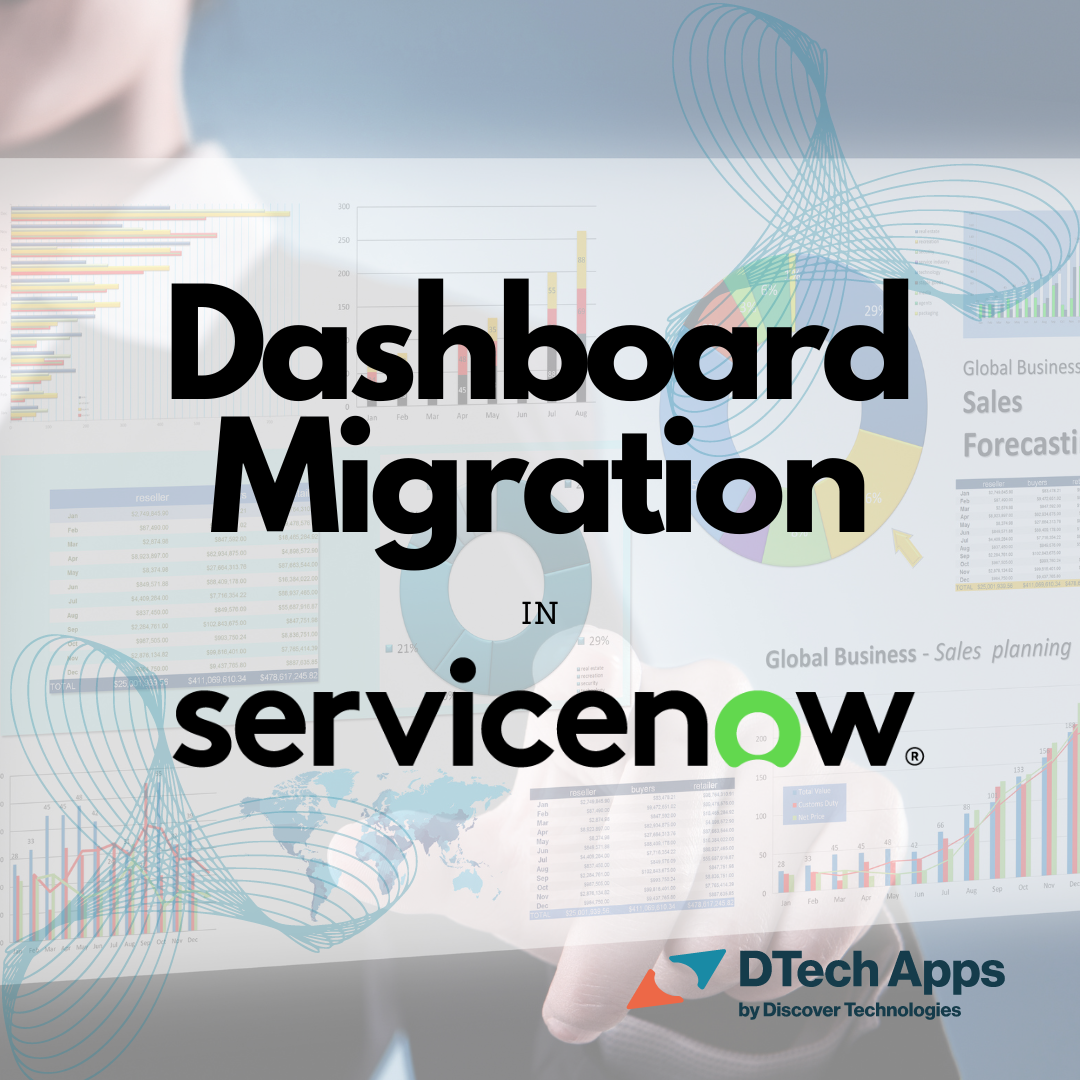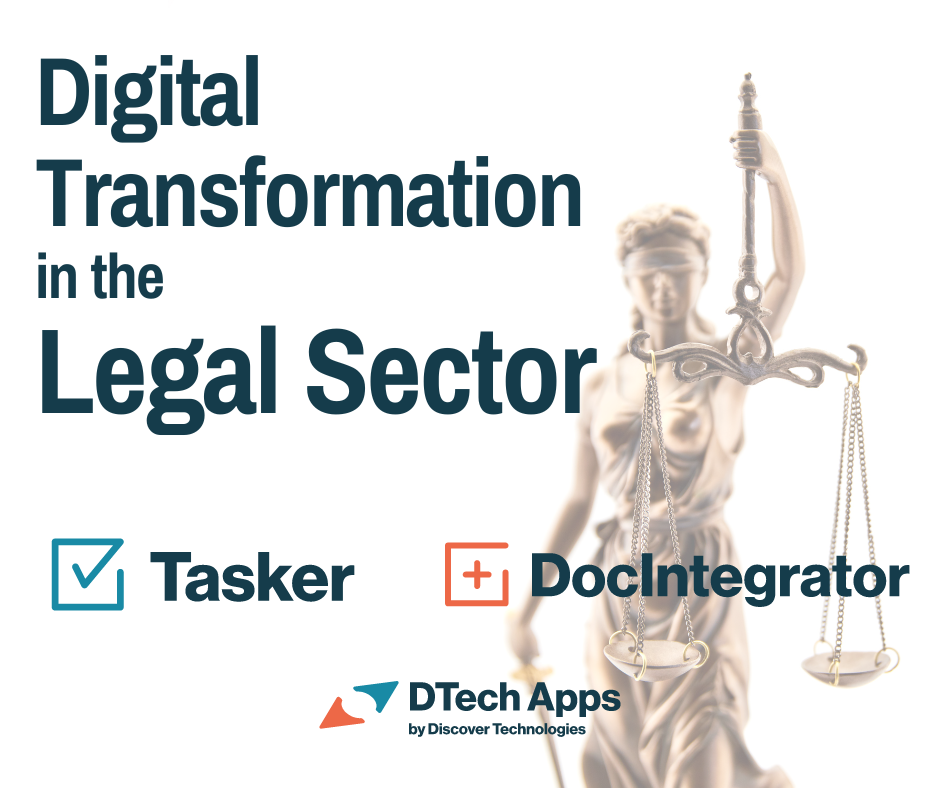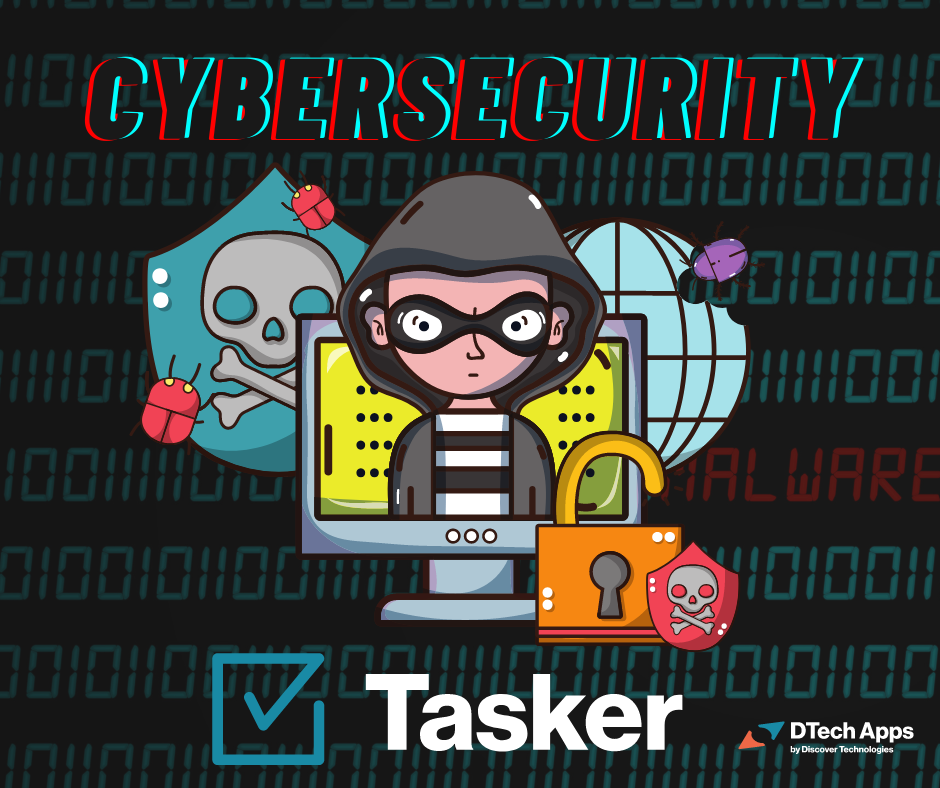In 1970, Alvin Toffler published Future Shock which discussed the “dizzying disorientation brought on by the premature arrival of the future”. Or in his words, “I coined the term future shock to describe the shattering stress and disorientation that we induce in individuals by subjecting them to too much change in too short a time.”
The pace of change, of modernization, has only increased over time and kicked into overdrive with the onset of the COVID 19 pandemic. Now more than ever, we rely on technology to manage our daily lives at home and at work.
With that, companies are rapidly changing the way we work:
- Moving people out of the office to home offices
- Moving in-person meetings to virtual Zoom or Teams meetings
- Transitioning IT infrastructure from in-house servers to cloud-based ecosystems
- Supplementing and replacing email (created way back in 1971!) with modern instant messaging applications (such as Slack) and with messaging built into enterprise platforms (like ServiceNow) and video-conferencing applications such as Microsoft Teams
- Replacing desktop pcs and laptops with mobile devices
The migration of workers out of the office to home offices is drastically reducing the amount of face-to-face time we have with coworkers, clients, and vendors. With the explosive growth of social media in our personal lives, we are also having less in-person contact with our families and friends. It’s safe to say that many of us are presently faced with a time of “dizzying disorientation brought on by the premature arrival of the future”.
In times of change, it is natural to lean on solutions that we are comfortable with and have had success with in the past. However, to stay competitive, organizations must continually modernize tools and processes, while minimizing the impacts of these changes on the workforce.
While ongoing change is a given, when organizations also focus on simplifying the way we work, it can ultimately result in reduced stress in the workforce.
For example, moving an organizations’ core applications such as customer service, HR, PPM, asset management, and task management to a cloud-based platform will cause disruptions throughout the organization. However, over time both the organization and individuals will benefit and gain efficiencies from working in a single platform, with a consistent user interface across applications and accessible from pcs and mobile devices.
Organizations:
- Increased user adoption rates and reduced training costs as new applications are added to the platform
- Improved communication among workers, driven by easy access (from a single source of record) to messaging applications and the data and documents workers need to complete their daily work activities
- Improved cybersecurity, with modern global corporations protecting critical data and resources, rather than reliance on in-house IT teams
- Reduced ongoing IT maintenance and application upgrade costs
- Empowering users to work where they are most productive, whether in the office, at home, or on the road
Individuals:
- Rather than working in multiple applications and communicating in separate email and IM applications, individuals work in a single, common interface to drive workplace efficiency and benefit from having more time to focus on personal and other work-related activities
- Quickly adapt to new applications added to the platform, driving an increased focus on getting work done, rather than dealing with the disorientation and disruptions caused by having to learn an entirely new application
At DTech Apps, our focus is on improving the lives of the modern global workforce.
In our upcoming joint webinar with Carahsoft, we will discuss the advantages of moving to modern, simple, and mobile task management and document management solutions built on the Now platform.
Stay tuned for more information!


